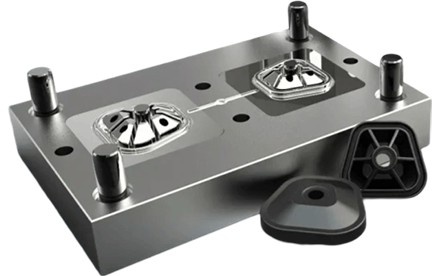Product Category

Injection Moulding
Features:
- High Cavitation Molds
- Foam Injection Techniques
- In-Mold Labeling
- Precise Part Moldings
- High-Precision Machining
Trio Tech designs plastic products, crafting precision injection moulding components, and offering expert technical support in plastic injection moulding. Utilizing cutting-edge CNC machining, we ensure that each mould is crafted with the utmost accuracy, providing reliability and consistency in mass production.
We provide a full spectrum of injection moulding solutions, from initial design and component manufacturing to the creation of custom moulds and plastic parts. Our machines are equipped to produce a wide range of injection molds, including single cavity, multi-cavity, insert type molds, hot and cold runner systems, prototypes, 2K molds, and preform molds.
Applications:
- Automotive Industry: Manufacturing durable and precise components such as dashboards, bumpers, and engine parts that withstand harsh conditions.
- Consumer Electronics: Producing intricate housings and parts for smartphones, tablets, and other electronic devices with high aesthetic and functional standards.
- Medical Devices: Crafting sterile, high-precision components for medical instruments, such as surgical tools, diagnostic equipment, and implantable devices.
- Consumer Plastics: Manufacturing everyday items such as mobile phone cases, bottle caps, and various plastic toys for the consumer market.